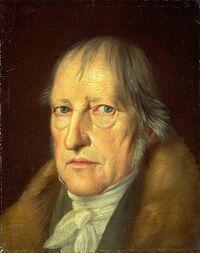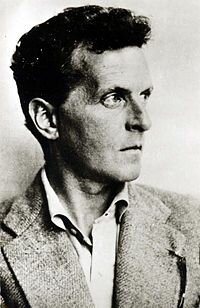 Abraham (אַבְרָהָם "Father/Leader of many", (circa 1900 BCE) Standard Hebrew Avraham, Arabic ابراهيم) is regarded as the founding patriarch of the Israelites whom God chose to bless out of all the families of the earth. He is a critical figure in both Judaism and Christianity, and is a very important prophet in Islam. Accounts of his life are given in the Book of Genesis and also in the Qur'an.
Abraham (אַבְרָהָם "Father/Leader of many", (circa 1900 BCE) Standard Hebrew Avraham, Arabic ابراهيم) is regarded as the founding patriarch of the Israelites whom God chose to bless out of all the families of the earth. He is a critical figure in both Judaism and Christianity, and is a very important prophet in Islam. Accounts of his life are given in the Book of Genesis and also in the Qur'an.Judaism, Christianity, and Islam are sometimes referred to as the "Abrahamic religions", because of the role Abraham plays in their holy books and beliefs. In the Hebrew Bible and the Qur'an, Abraham is described as a patriarch blessed by God (the Jewish people called him "Father Abraham"), and promised great things. Jews and Christians consider him father of the people of Israel through his son Isaac; Muslims regard him as the father of the Arabs through his son Ishmael. In Christian belief, Abraham is a model of faith, and his intention to obey God by offering up Isaac is seen as a foreshadowing of God's offering of his son, Jesus. In Islam, Abraham obeyed God by offering up Ishmael and is considered to be one of the most important prophets sent by God.
His original name was Abram (אַבְרָם "High/Exalted father/leader"); he was the foremost of the Biblical patriarchs. Later:
1 When Abram was ninety-nine years old the LORD appeared to Abram and said to him, "I am God Almighty; walk before me, and be blameless, 2 that I may make my covenant between me and you, and may multiply you greatly." 3 Then Abram fell on his face. And God said to him, 4 "Behold, my covenant is with you, and you shall be the father of a multitude of nations. 5 No longer shall your name be called Abram, but your name shall be Abraham, for I have made you the father of a multitude of nations. 6 I will make you exceedingly fruitful, and I will make you into nations, and kings shall come from you.
Abraham was commanded by God to offer his son up as a sacrifice in the land of Moriah (see Mount Moriah). Proceeding to obey, he was prevented by an angel as he was about to sacrifice his son, and slew a ram which he found on the spot.
More...





















